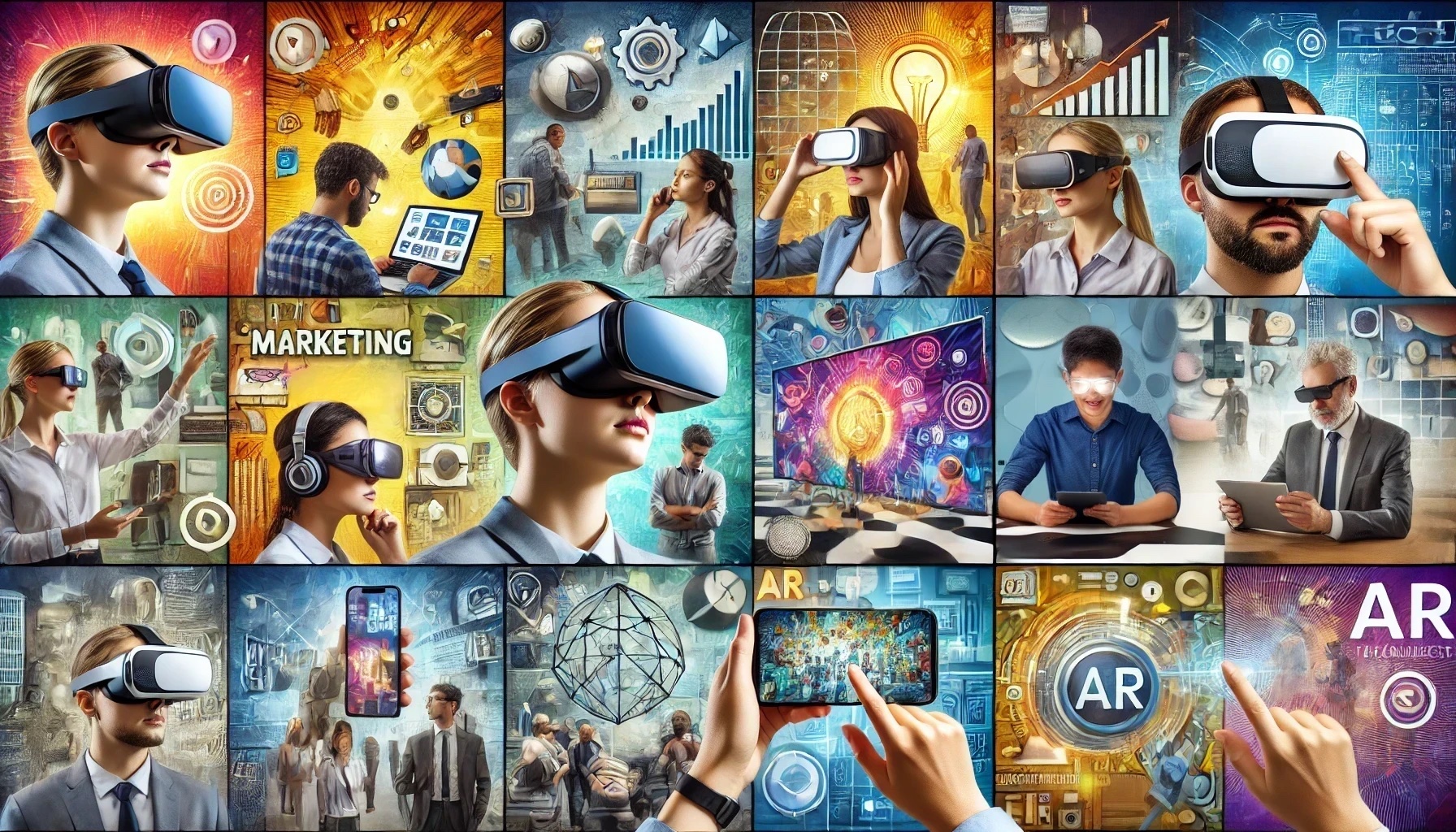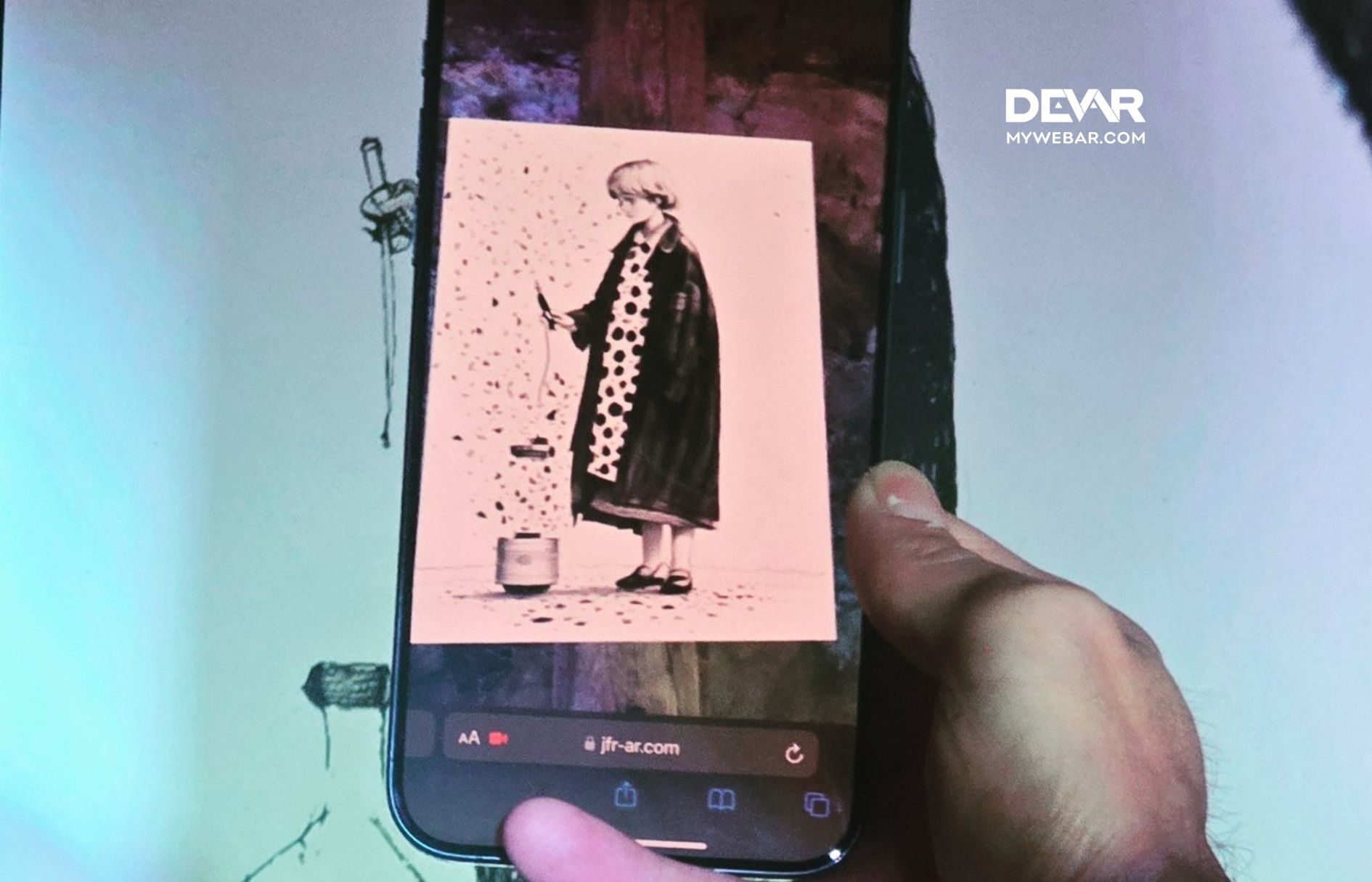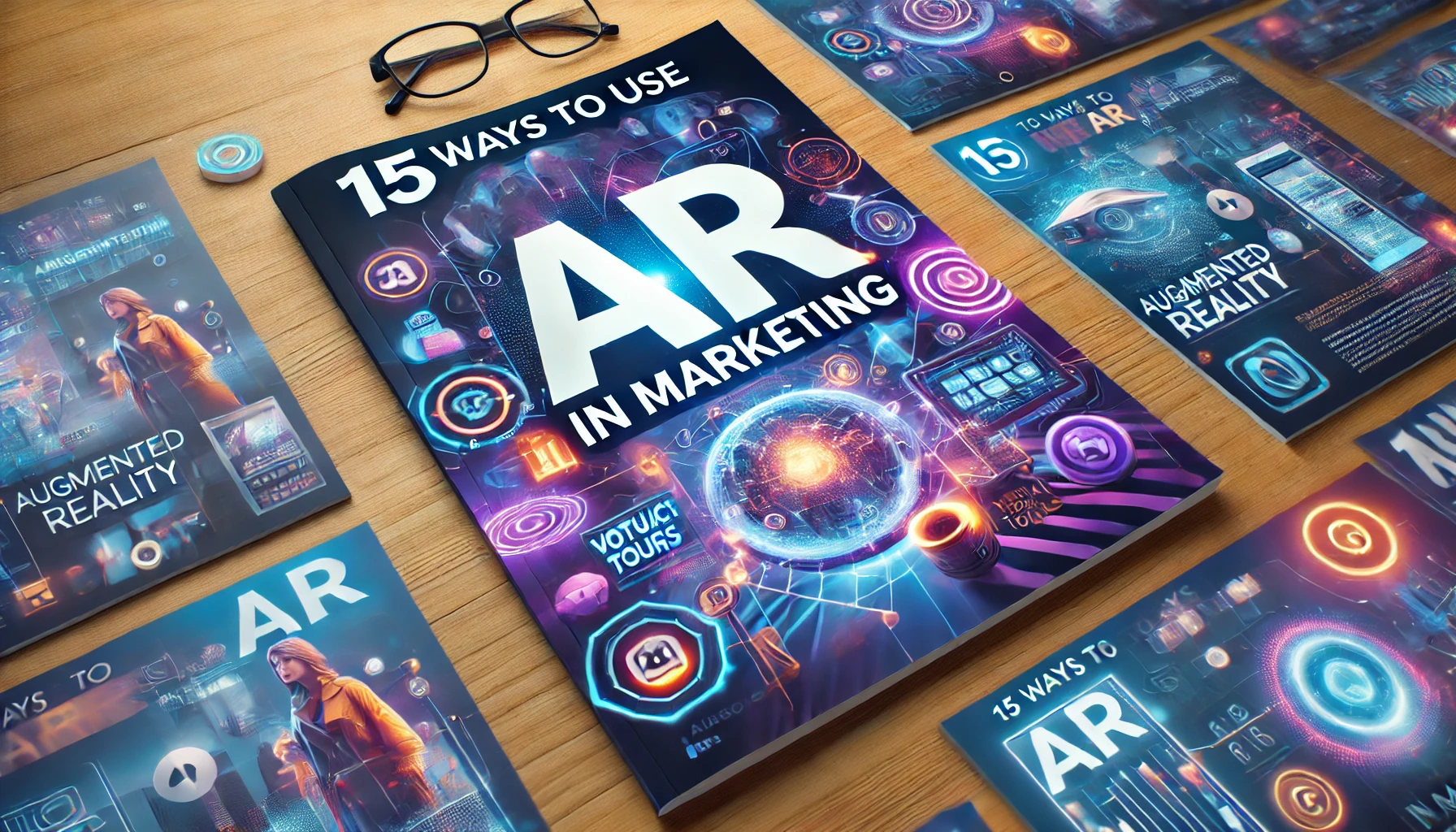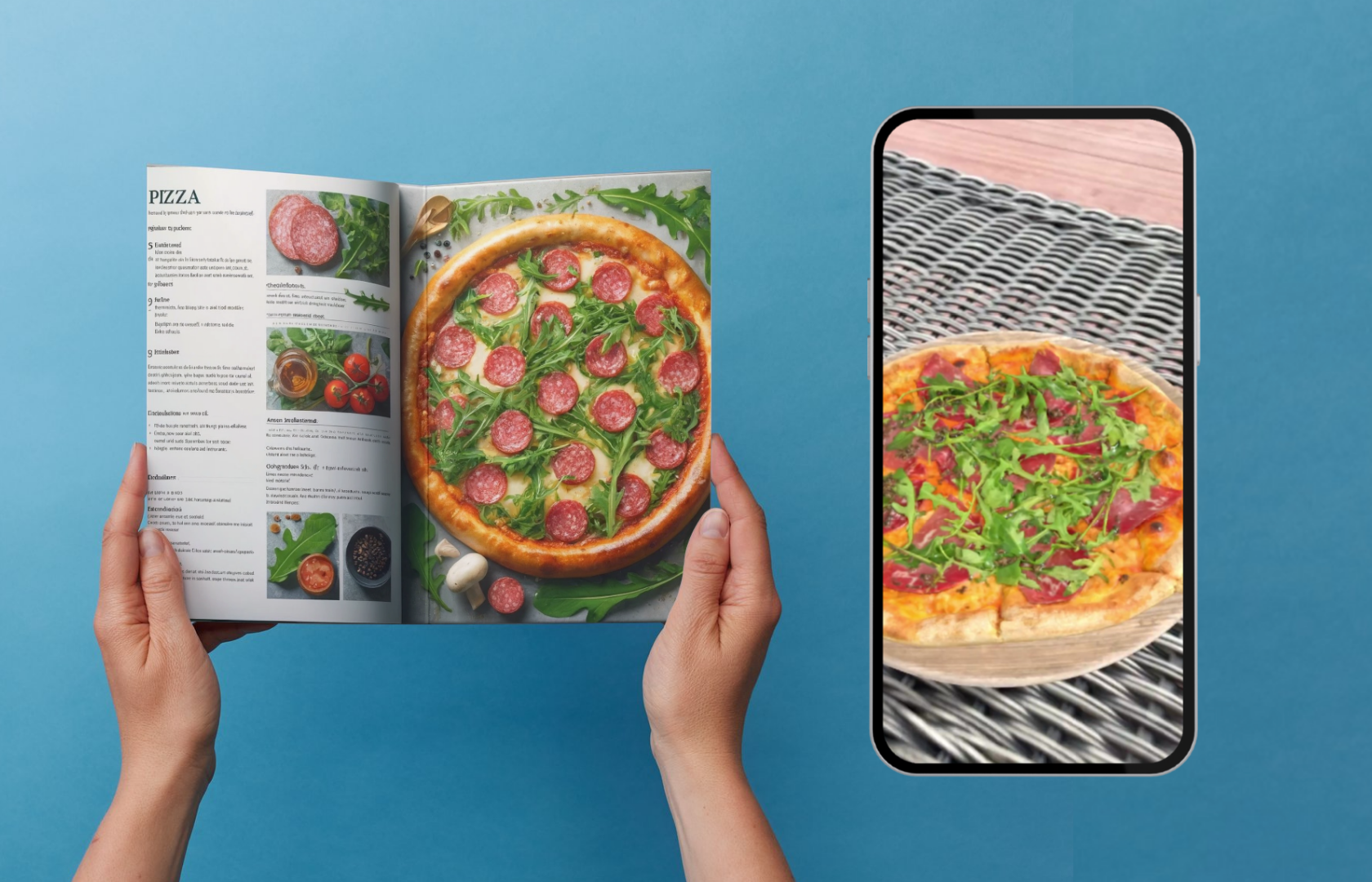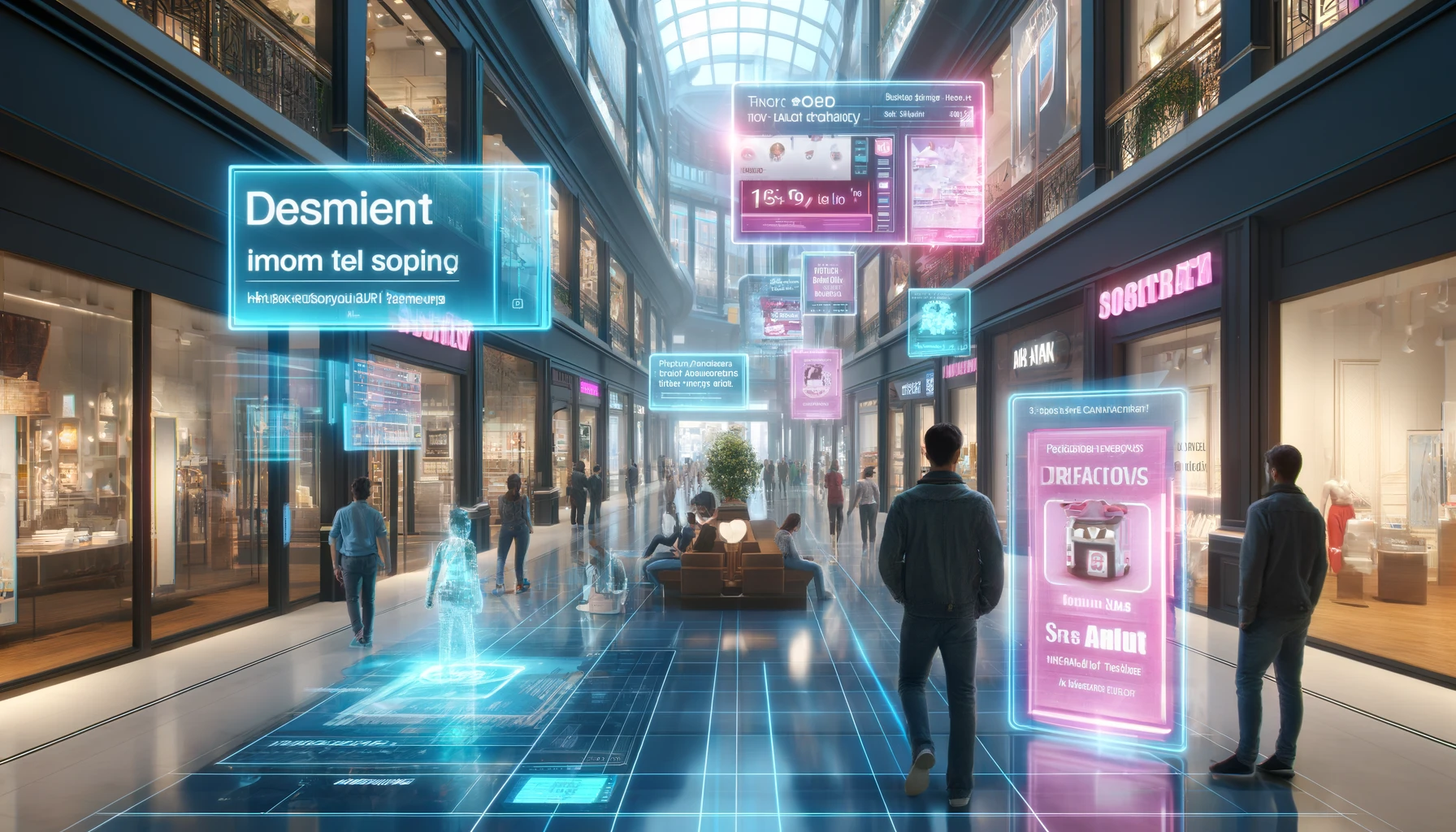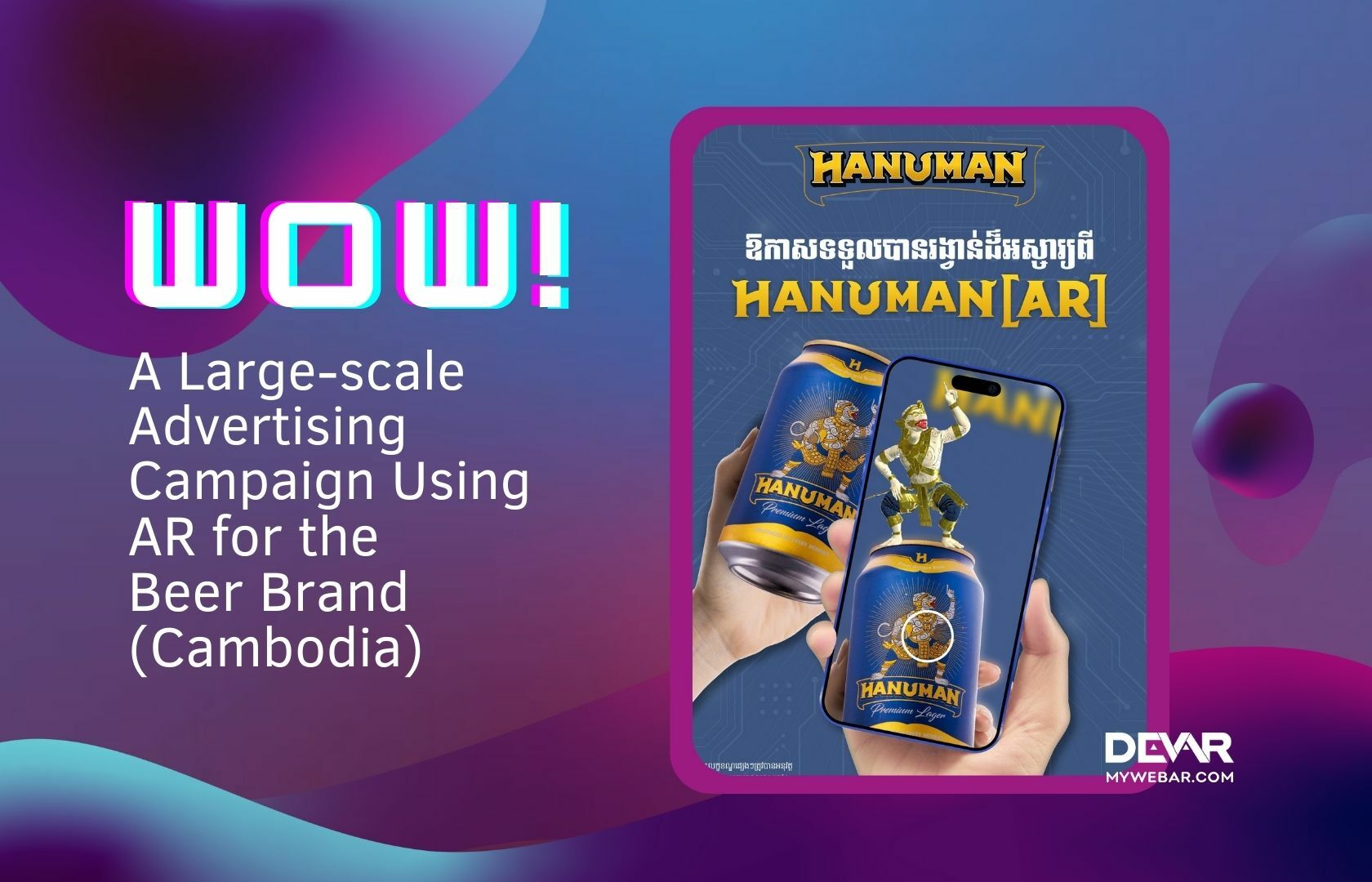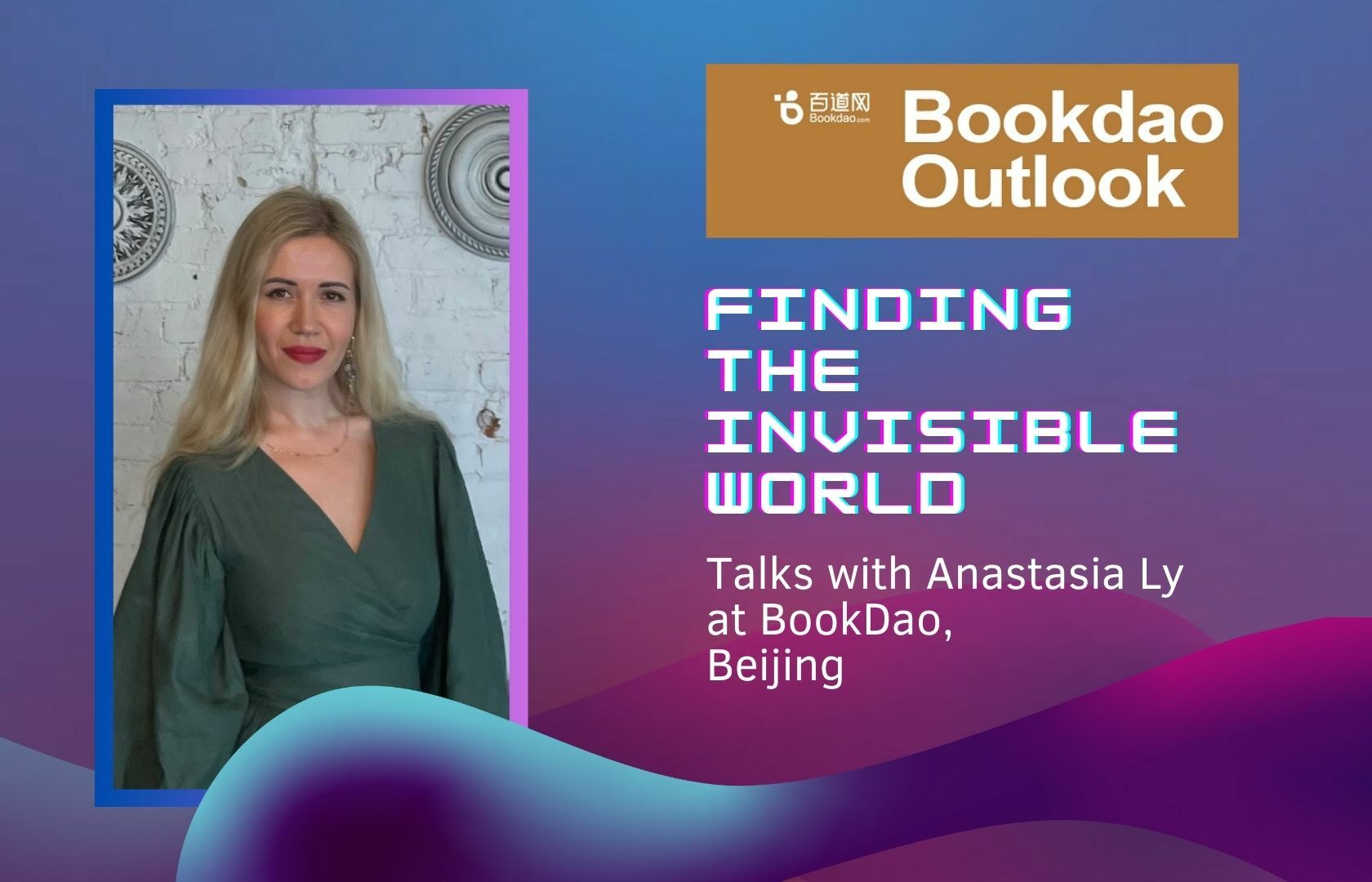In 2024, the realm of technology continues its rapid evolution, presenting users with innovative prospects in augmented reality (AR). Recognized by PWC as a forward-looking technology back in 2016, alongside VR, AI, blockchain, and others, AR has rightfully secured its place among the top three technologies after eight years. In this article, we delve into the cutting-edge augmented reality trends shaping the AR landscape in the coming year, pushing boundaries in education, entertainment, marketing, and beyond.
Advanced AR Glasses and Devices in 2024
The year 2024 promises notable advancements in AR glasses and devices. Manufacturers actively strive to create lightweight, compact, and ergonomic devices to enhance user comfort and facilitate realistic interaction with the virtual world.
Anticipation is high for CES 2024 in Las Vegas, where innovative devices are annually unveiled. With the introduction of Apple’s Vision Pro, we are confident that enthusiasm among users has surged. Expected to launch in early 2024, the Vision Pro will likely evolve its infrastructure and software throughout the year, promising exciting discoveries.
Here’s a reminder: Don’t wait; act now. Consider which immersive technologies could significantly enhance your business processes today.
AR and the New Workspace
The Vision Pro presentation showcased a main character successfully conducting working meetings from the comfort of her home, equipped with all necessary office tools: extensive presentations and a convenient conference platform.
It’s safe to say that our office habits will undergo changes in 2024. Meta’s recent announcement regarding the possibility of installing the Microsoft Office suite on the Quest 3 is a testament to this transformation.
However, waiting for widespread adoption of AR devices is unnecessary to incorporate modern technology into your office space. For instance, our MyWebAR platform will soon launch an augmented reality conferencing platform, envision a new Zoom but in AR, with the ability to demonstrate AR projects. Numerous innovations exemplify that AR technology is becoming accessible to all modern smartphone users.
Another trend in the business community is the use of AR in corporate training. While companies have been using AR glasses for years, the AR experience is now becoming much more straightforward due to webXR technology and its cross-platform capabilities.
Consider the workflows that can be simplified with augmented reality: demonstrating 3D objects, creating event venues, utilizing AR in architecture, design, construction, complex industrial projects, engineering — possibilities abound.
AR and GenAI: New Opportunities in 2024
With the release of the publicly available version of ChatGPT at the end of 2022, a new era in the field of artificial intelligence began. This application demonstrated the ability to generate texts that sound more natural and authentic than those created by previous generations of artificial intelligence. It quickly became the fastest-growing project in the history of AI.
The use of GenAI is expanding within organizations. In a recent Gartner survey of over 1,400 senior executives, 55% of organizations are already in pilot or production mode using generative artificial intelligence.
Augmented reality developers are actively embracing new artificial intelligence tools. On the MyWebAR platform, creating a 3D model (text-to-3D) and bringing it to life in AR (text-to-AR) using GenAI is already straightforward. Additionally, original music for a project can be created using Generative AI. This is just the beginning! In 2024, you’ll be able to create augmented reality projects by simply sending a voice prompt to GenAI.
AR in Digital Advertising: A Powerful Tool for Audience Engagement
For brands, AR has become a potent tool to captivate their audience, delivering impressive results at a lower cost. Meta expanded AR advertising capabilities to Instagram Reels and Facebook Stories in Spring 2023. AR ads significantly enhance brand performance, especially among Generation Z. According to Meta’s research, campaigns with AR effects outperformed those without, increasing ad memorability among the 18-24 age group 87% of the time.
It’s vital to note that augmented reality advertising isn’t limited to social media or small QR codes; augmented reality permeates almost every sphere. Clients of the MyWebAR platform express a keen interest in incorporating AR into outdoor advertising. We are confident that in 2024, we will witness even more AR content in outdoor advertising, store windows, transport, supporting brand storytelling from social networks and media. Omnichannel remains a critical aspect.
However, the most significant breakthrough in digital advertising will come from the trend toward phygital merchandise. We will delve deeper into this in the next chapter.
Moving to Phygital: Marketing Trends 2024
Phygital, a fusion of physical objects and digital content, is poised to become an absolute trend in 2024 as phygital goods rise. This entails the integration of digital content into nearly any physical product, even those previously considered non-digital. Augmented reality technology and new computer vision recognition methods, like object tracking, make this phenomenon possible. For example, the Object Tracking method enables the addition of augmented reality to 3D shapes. This concept was once hard to fathom. Today, toys, Kinder Surprise figurines, souvenirs, and various physical products can now boast the same capabilities as printed materials.
In essence, physical products are transforming into gateways to the digital world. This transition allows manufacturers to obtain valuable audience data, including statistics, preferences, favored AR moments, identify target audiences and their social media counterparts, and set up targeted advertising, among other things. With these new features, ordinary marketing is evolving into phygital marketing. AR technology now engages audiences not only through interactive experiences but also through phygital marketing. Marketing campaigns utilizing AR have already become integral to many brands’ strategies, and their significance in marketing is reaching a new level.
Retail 2024: Diving into the World of Augmented Reality
The use of augmented reality has become standard in various industries, with retail standing out as a sector where AR has long been a driving force for innovation. Since 2019, consumers have identified augmented and virtual reality as top technologies that can simplify their daily lives, according to a Nielsen global survey. Brands in retail actively leverage virtual shopping simulation tools, overcoming numerous challenges. According to Shopify, stores implementing 3D content have witnessed an average 94% increase in conversions.
AR is also significantly enhancing internal retail processes, including logistics. In 2020, Walmart implemented AR technology to navigate employees in-store, resulting in a 20% increase in efficiency. Merchandising contributes to the transformative impact of AR on retail. The creation of virtual fitting rooms in both offline and online storefronts is another significant aspect of this impact.
The projected growth of the global virtual fitting room (VFR) market to USD 9.99 billion by 2027, with a CAGR of 20.1%, emphasizes the risk for stores that do not utilize AR in offline or online spaces. This risk may manifest as early as 2024.
For those working in retail and not yet leveraging AR, we highly recommend trying webAR technology, especially the Stencil plugin on the MyWebAR platform. Creating simple content for your products or menus today ensures you stay in the mainstream!
2024: How AR is Transforming Education
In this section, we won’t delve into statistics but rather share an impressive experience observed on the MyWebAR platform. Over the past six months, there has been a tremendous increase in interest. There has also been an explosion of requests to implement augmented reality in educational institutions, from both teachers and students. Trust us, as we debate the research on the application of AR in education and its benefits until 2023, in 2024, we will witness a veritable explosion of user-generated content (UGC). This explosion is due to the widespread democratization of no-code platforms for content creation, interaction, and use in augmented reality. Users are genuinely convinced of how easy it is to create AR projects and surprise others. And who better to start experimenting than students?
Before our eyes, the educational system is being redefined. Schools and publishers produce educational materials enhanced with AR scenes, turning them into an integral part of a new educational product.
Play the Future: How AR Will Change Entertainment in 2024
This section forms a perfect symbiosis: the development of AR and VR, the use of GenAI, and the promotion of MR devices. In terms of immersive first-person video game experiences, augmented and virtual reality applications are virtually unrivaled. The AR and VR game market is projected to reach $11.0 billion by 2026, growing at a CAGR of 18.5% from 2021 to 2026 (Industry ARC).
Unlike fully immersive VR games, AR layers digital elements and sounds on the gamer’s real-world environment, making this format more engaging and accessible. The rise in smartphone adoption has opened up new opportunities for game developers to utilize AR in game storytelling.
AR is becoming an integral part of the entertainment industry. Gamification and interactive formats enrich the user experience in various entertainment applications, from video games to interactive movie projects. WebAR and webXR technologies simplify the use of immersive technologies and enable seamless transitions between devices. As early as 2024, we will see several spectacular movie premieres using AR. The “revitalization” of AR game avatars and the partial transfer of scenarios from games to reality in augmented reality are no longer topics for discussion. The future is arriving today!
Conclusion:
The year 2024 promises to be a year of impressive innovations in augmented reality, from the first mass-produced AR glasses to the application of AR in various areas of life. These trends reflect the desire for a smarter, more interactive, and engaging future.
What can be done now? As PWC recommends: identify areas in your organization where initial AR adoption could benefit especially quickly and start taking action. Stay abreast of technology developments, explore new opportunities, and immerse yourself in the wonderful world of AR!

